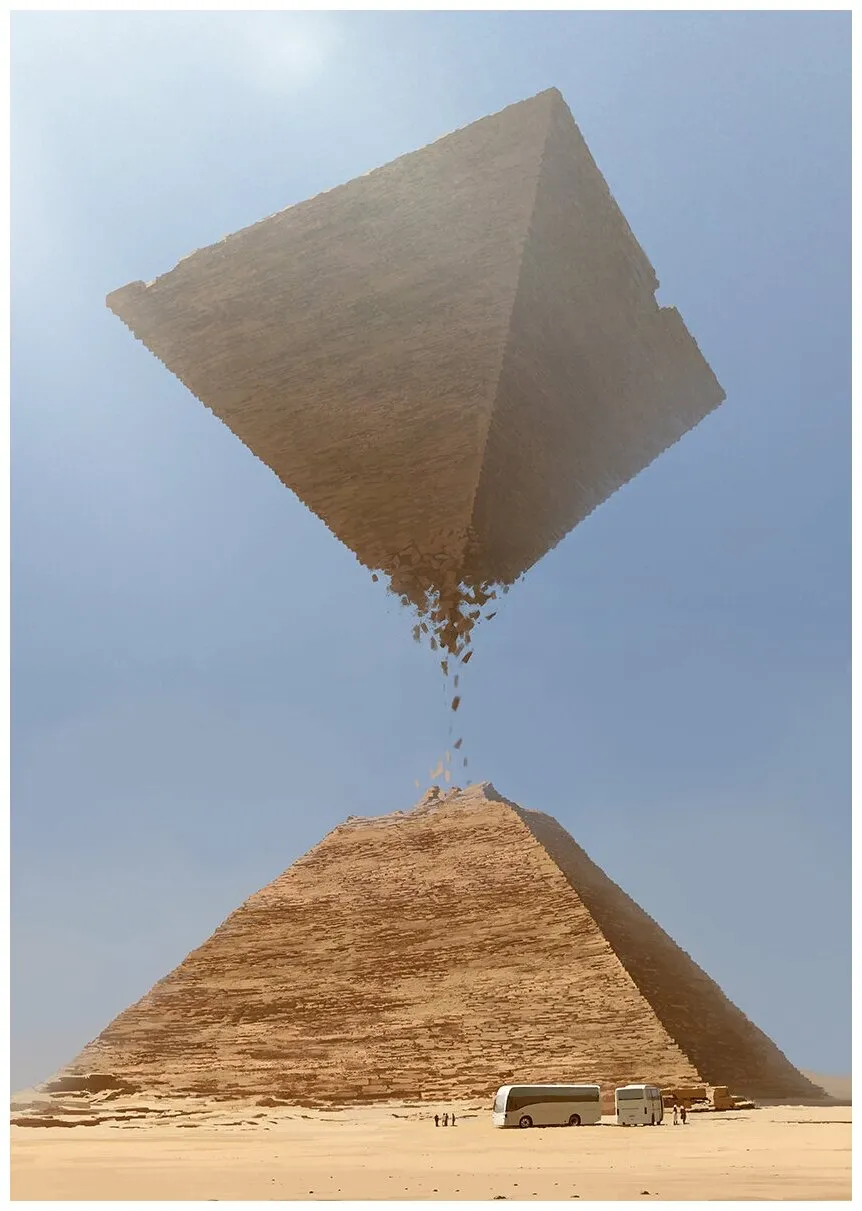Lost Tech of Antiquity: Secrets That Shift History
What if ancient civilizations were far more advanced than we ever imagined? Could it be that the remnants of a long-lost culture influenced societies around the world, explaining the striking similarities between numerous ancient sites and cultures? Thousands of years ago, humanity erected amazing structures that continue to baffle us. When examining these feats, one can’t help but wonder if our ancestors had access to technologies and tools that have now been lost to history.

But what if these technologies were never completely lost? What if ancient people possessed technologies so advanced that we don’t recognize them today? Could these sophisticated tools still be there, hidden in plain sight?
Some archaeological sites challenge our understanding of the ancient world. Take Göbekli Tepe in modern-day Turkey. At over 12,000 years old, it is considered the oldest known megalithic temple. Built by what are believed to have been hunter-gatherers, this site features over 200 stone pillars averaging 10 tons each, intricately fitted into recesses carved into the rock. How did these early humans manage to quarry, transport, and place such massive stones without advanced technology? What’s more, only a fraction of Göbekli Tepe has been excavated, leaving many mysteries buried beneath the surface.

Göbekli Tepe was intentionally buried under 500 cubic meters of material, adding another layer to its enigma. How did these early builders move a 50-ton pillar, which was still in its quarry? The site predates the emergence of metallurgy, pottery, and even writing. Traditional explanations attribute such achievements to primitive tools and human ingenuity, but similarities in construction techniques at several ancient sites suggest a deeper connection.
Sites such as Puma Punku in Bolivia, Sacsayhuaman in Peru, and even the pyramids of Egypt share remarkable architectural features. How did these civilizations, separated by vast distances and time, manage to develop such similar construction methods? The mystery deepens when one considers the tools used to cut, shape, and move these enormous stones, which remain missing from the historical record.

Egyptologists such as Ahmed Fakhry suggest that the processes of quarrying, transporting and building these monuments were so routine that the ancient Egyptians did not consider them worth recording. However, for a culture known for its meticulous record keeping, this seems unlikely. Some speculate that lost technologies, such as those hinted at in Arabic legends, may have played a role. One legend describes the use of “magic papyrus” and metal rods to levitate stones – a story that, while fascinating, is often dismissed as myth.
Ancient Egyptian depictions also raise intriguing questions. Symbols such as the Was Scepter, which represents power or dominance, are often seen in works of art and architecture. Could these symbols represent more than just mythology? Could they have been tools that allowed ancient builders to manipulate stone using sound or vibration?
Exploring ancient sites with an open mind allows us to consider alternative explanations. Perhaps advanced civilizations once existed, leaving behind technologies we don’t yet understand. This perspective encourages a reappraisal of our history and the potential to rediscover lost knowledge.






